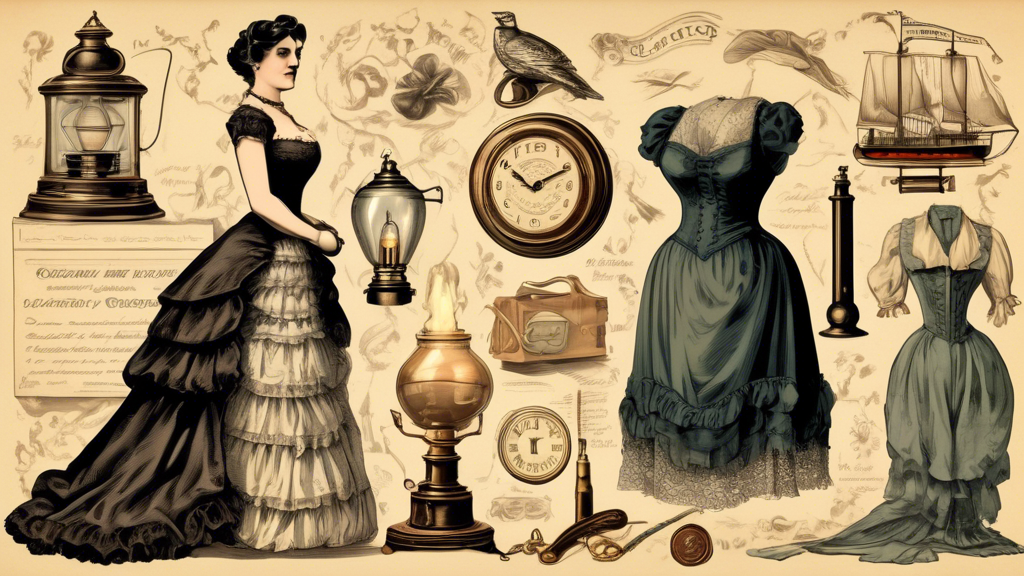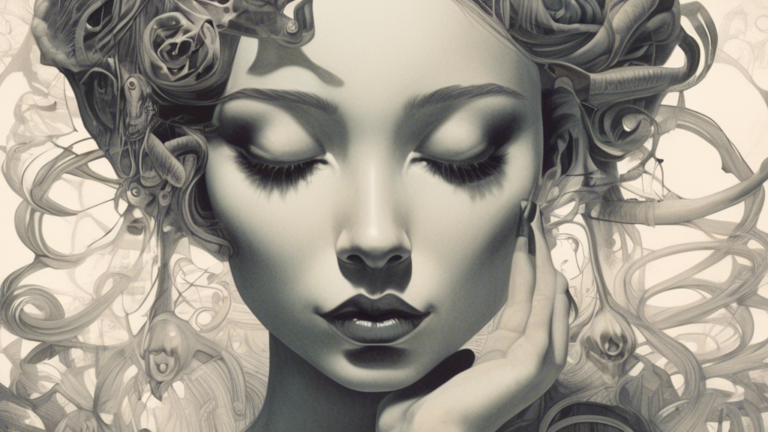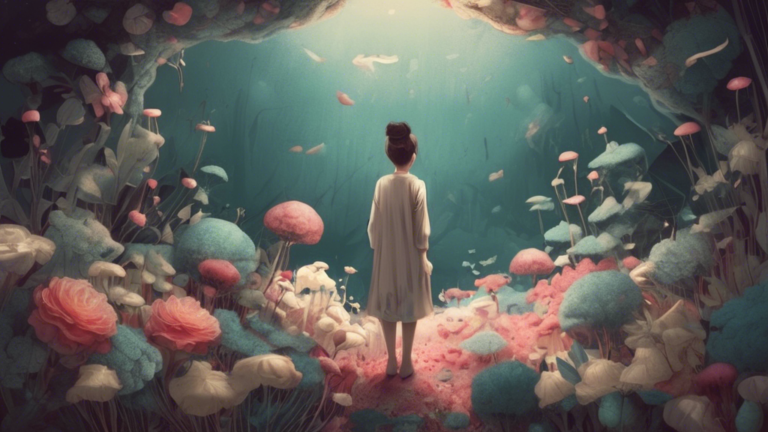20 Amazing Victorian Era Facts
The Victorian Era, spanning from 1837 to 1901 under the reign of Queen Victoria, is one of the most fascinating periods in British history. This era is marked by industrial, cultural, and scientific advancements, as well as significant social change. Here, we explore 20 amazing facts that shed light on this transformative period.
1. The Origin of the Name
The Victorian Era is named after Queen Victoria, who ascended to the throne at the tender age of 18 and ruled for 63 years, making her the second-longest reigning British monarch after Queen Elizabeth II.
2. The Industrial Revolution
This period was the peak of the Industrial Revolution, which began in the late 18th century. Innovations in machinery and transportation, such as the steam engine and the railway, dramatically changed the socio-economic landscape of Britain.
3. The Expansion of the British Empire
By the end of the Victorian Era, the British Empire had expanded to become the largest empire in history, covering over a quarter of the world’s land and governing a quarter of its population.
4. The Great Exhibition of 1851
The Great Exhibition, held in London’s Hyde Park, was the first international exhibition of manufactured products and was an emblem of the Industrial Revolution and the Victorian Era’s global influence.
5. Introduction of the Penny Post
In 1840, the Penny Post was introduced by Sir Rowland Hill, revolutionizing the postal system and making it affordable for people of all classes to send letters.
6. Significant Technological Advancements
The Victorian Era witnessed the invention of the telephone by Alexander Graham Bell and the light bulb by Thomas Edison, both of which radically altered daily life.
7. The Victorian Internet
The electric telegraph, introduced in the 1830s, was the era’s internet, allowing for almost instantaneous communication across great distances.
8. The Era of Social Reform
Significant social reforms were enacted during this period, including the Factory Acts, which improved conditions for industrial workers, and the Education Act of 1870, which made education mandatory for children between the ages of 5 and 10.
9. The Origin of Christmas Traditions
Many of our modern Christmas traditions, including the Christmas tree, Christmas cards, and holiday crackers, were popularized or even originated in the Victorian Era.
10. The Rise of the Middle Class
The economic growth and prosperity of the era led to the expansion and increased influence of the middle class, leading to shifts in social dynamics and norms.
11. The Publication of Iconic Literary Works
The Victorian Era produced some of literature’s most iconic figures, including Charles Dickens, Charlotte Brontë, and Thomas Hardy, among others.
12. The Prevalence of Child Labor
The Industrial Revolution saw a significant increase in child labor, with children as young as five working in factories, mines, and as chimney sweeps.
13. The Era’s Dark Side
While the Victorian Era was a time of progress, it also had a darker side, characterized by extreme poverty, child labor, and a wide gap between the rich and poor.
14. The Importance of Etiquette and Morality
Victorian society placed a high value on etiquette, morality, and the appearance of respectability, influencing social behavior and norms.
15. Advances in Medicine
The era saw significant advances in medicine, including the development of anesthesia and antiseptics, which revolutionized surgical practices.
16. The Theory of Evolution
Charles Darwin published On the Origin of Species in 1859, challenging traditional views on species’ creation and greatly influencing scientific thought.
17. The Fashion of the Era
Fashion in the Victorian Era was characterized by layers, corsets, and intricate designs for women, and formal tailcoats and top hats for men.
18. Jack the Ripper
The infamous and unidentified serial killer known as Jack the Ripper terrorized the Whitechapel district of London in 1888, highlighting issues of law enforcement and public safety.
19. Major Infrastructure Projects
The Victorian Era saw the construction of significant infrastructure projects, including the London sewer system and numerous railway lines, which were crucial for the city’s modernization.
20. The Influence on Future Generations
The legacy of the Victorian Era, with its scientific advancements, literary masterpieces, and social reforms, continues to influence modern society and culture.
The Victorian Era was a time of profound change, shaping the modern world in countless ways. Its blend of innovation, tradition, prosperity, and social challenges makes it a uniquely fascinating period in history.




